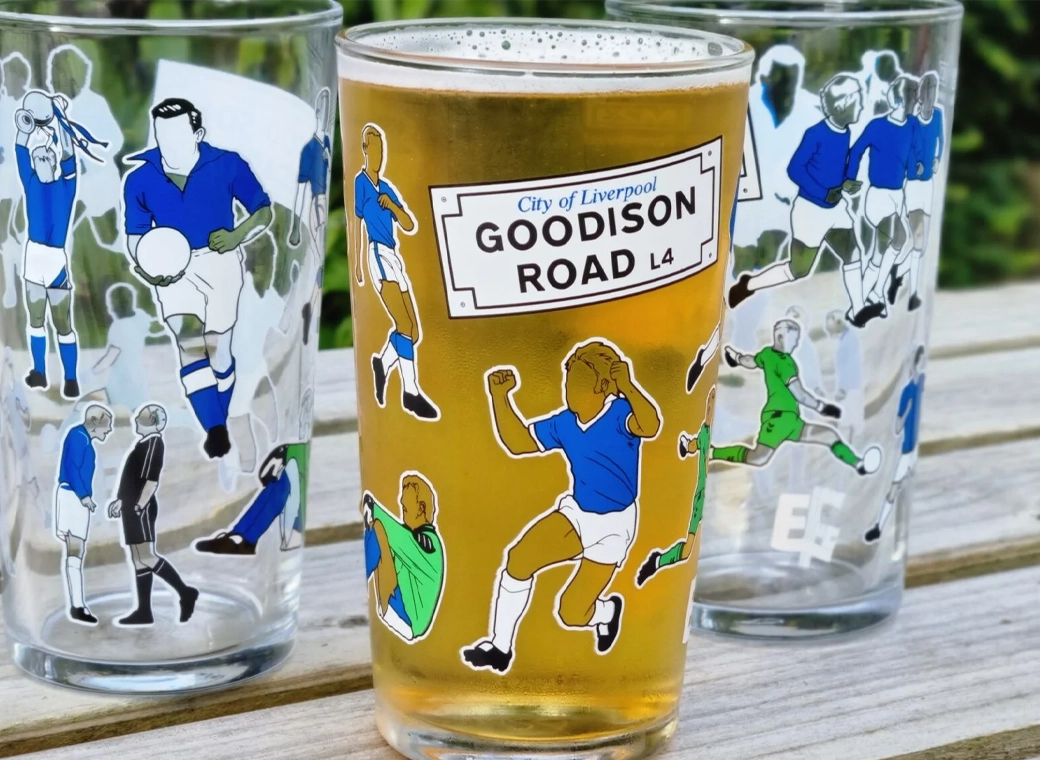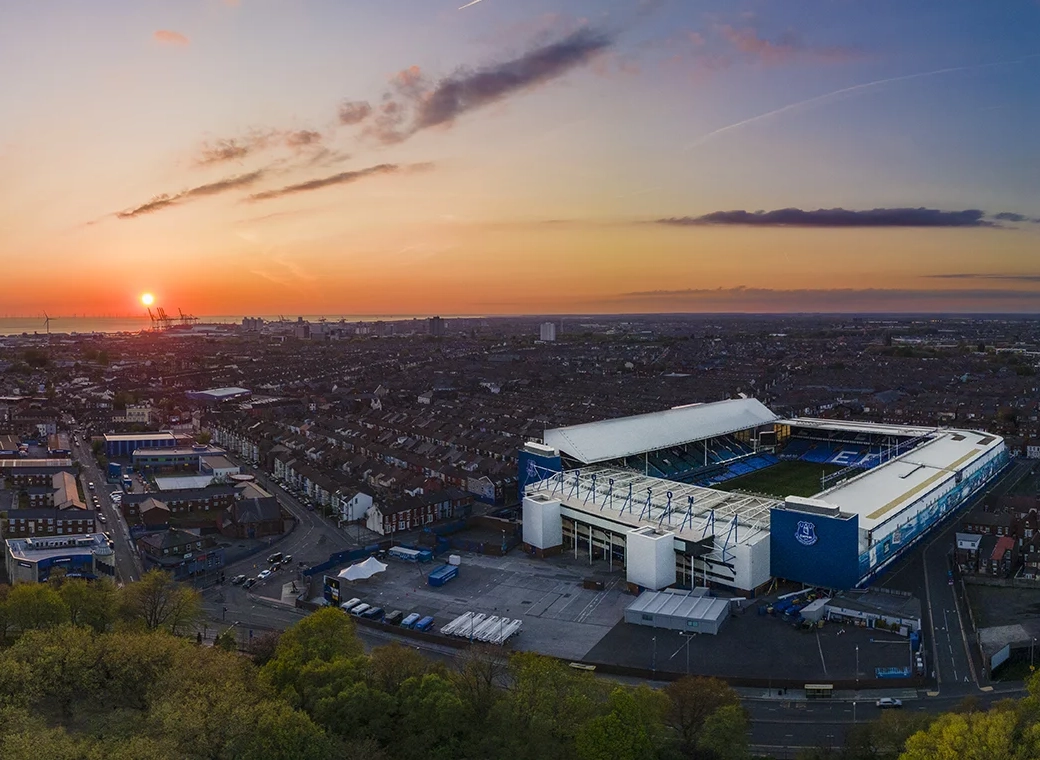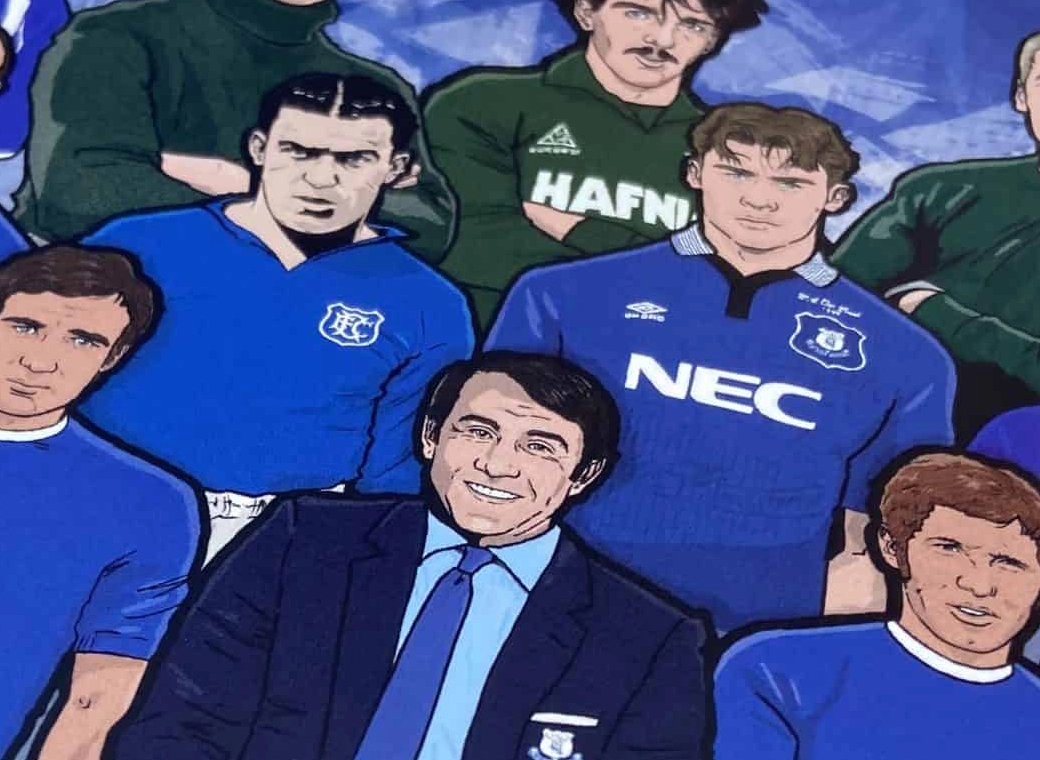This long section from the i article on our youth team focuses on our identity and I think is really interesting in terms of the discussion re Dyche and the current set up-
“It started with a huge data project – led by head of insights Reeve – on tactical trends and the way football is heading, moving onto Everton’s own evolution. Among the insights was the discovery that modern teams made an average of three tactical changes per game.
“The whole point of the academy is to get players ready for tomorrow, so we needed to know where the game is today, where it’s going tomorrow and where Everton fit into that,” Darlington says.
“We looked at clubs across the world, the international game and where Everton measure against that standard and what it means for what we needed to do.
“We wanted to ask our coaches ‘What does great look like’ and that research project meant we could go back to them with tangible evidence.”
Working groups formed from the coaching teams were set up and asked to present ideas over a fortnight in terms of in and out of possession work and transitional moments. There were, Darlington admits, some “interesting arguments” over what mattered but a vision was hashed out and presented to Thelwell and first-team coaches Steve Stone and Ian Woan for their feedback.
From that came their game model – a set of principles taught to academy players that form a core part of the club’s identity moving forward.
The club decided that rather than a fixed style of play, they would be flexible, working on three different formations: 4-4-2, 3-4-3 and 4-3-3 that they learn in blocks of six weeks across the season.
So young central midfield players in the academy learn how to play in a two, three or four across the middle, full-backs play as orthodox defenders and wing-backs while centre-backs are coached to play in a four or a three. Their strikers are taught to play as a nine, as a two up front or in a three or a four up top.
“If you’re a player coming through you’ve got to be flexible in terms of your understanding of the game nowadays,” Darlington says.
i sees the presentation delivered to coaches and players which sets out this model, as well as the curriculum agreed on among the staff to deliver it. It is seriously detailed.
So what are the Everton principles? “Out of possession of the ball Everton teams are front-foot,” Darlington explains.
“We have dropped the word defending from the model. We changed it to attacking without the ball to get the mentality right.
“We want Everton teams to be high up the pitch, pressing teams, getting the fan off their seat in terms of press. [We want to be] front-foot, aggressive, trying to get the ball high up the pitch, going in waves of support in terms of trying to defend from the front. We want a really aggressive, front foot mentality.
“When we get the ball we don’t want to be a Manchester City type team, a 75 per cent possession team, because it’s not Everton Football Club.
“We call it having controlled, purposeful possession. We have control of games and purposeful possession to get up the pitch.
“We want a bit more guile around us trying to get up the pitch and how we exploit overloads and then when we get there speeding the game up.
“Those are the fundamentals we’re trying to drill into the players. A front-foot mentality, purposeful possession.””









